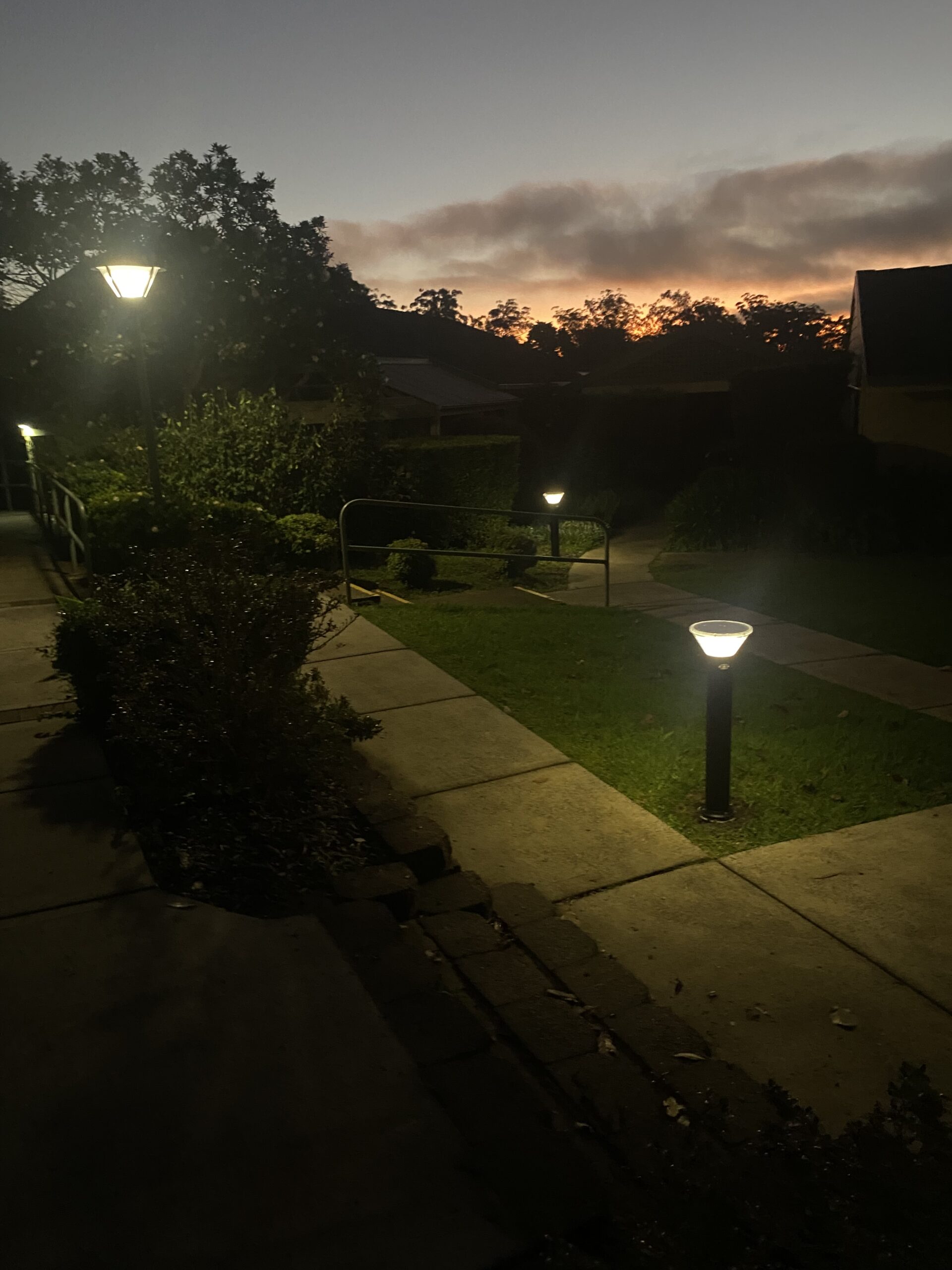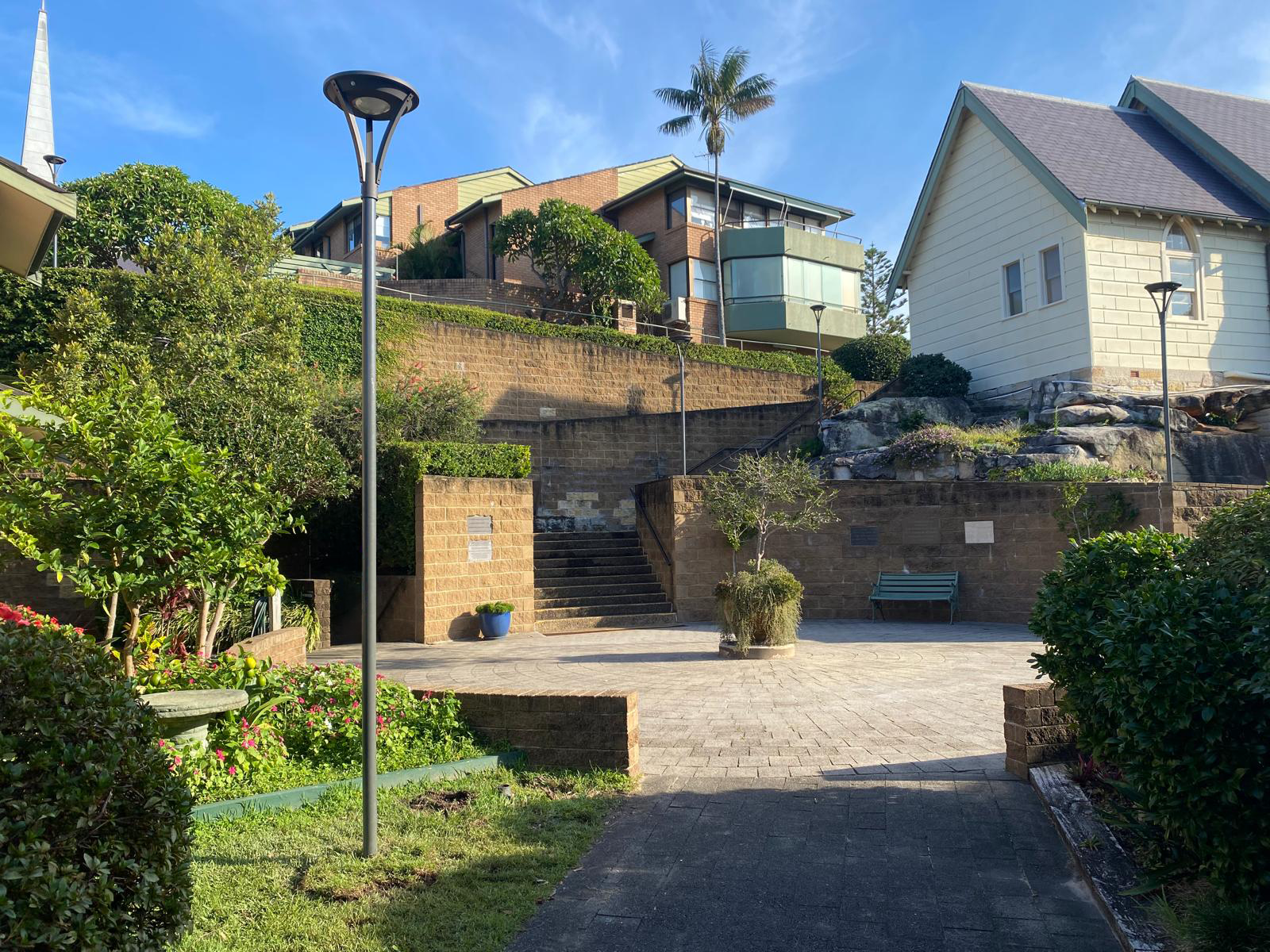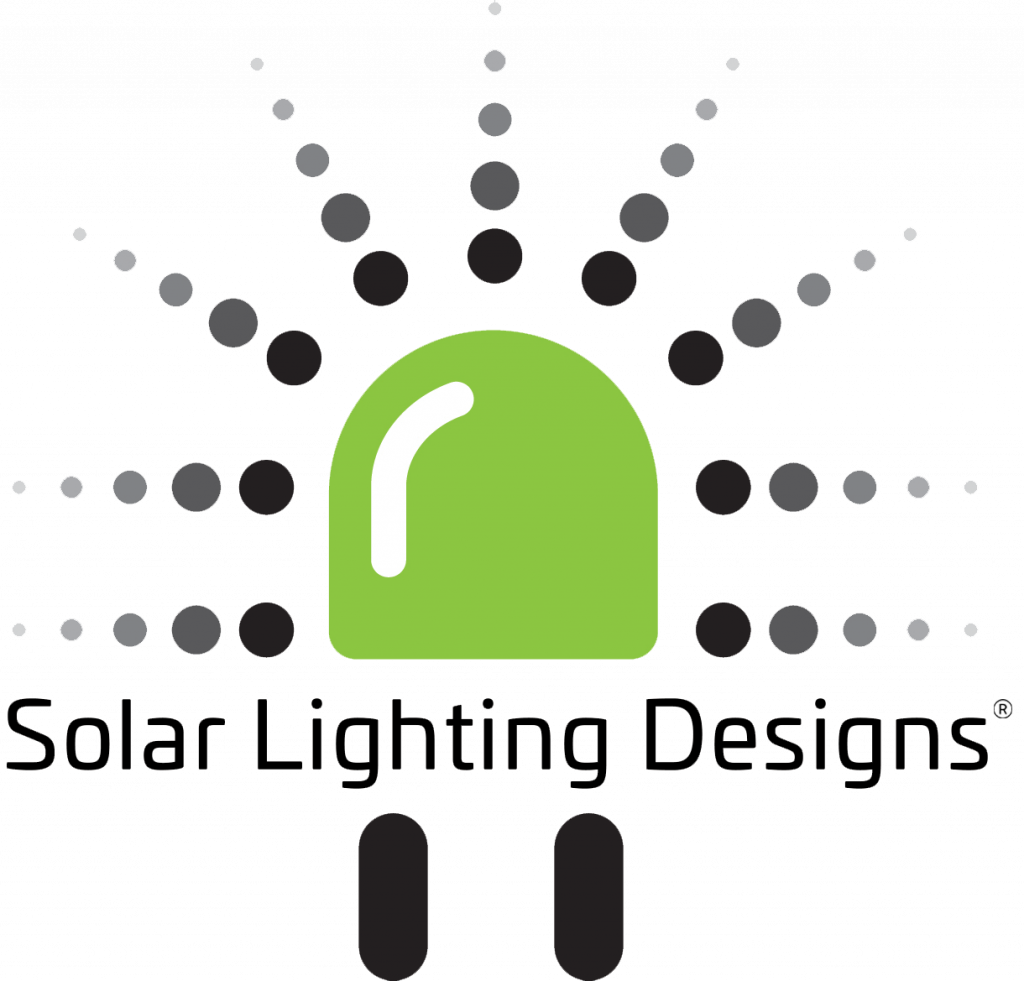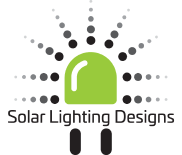
Top 5 Reasons Why Solar Street Lights Are the Future of Outdoor Lighting
As Australia continues to lead in sustainable development and green
In recent years, the rise of renewable energy solutions has brought solar lighting into the spotlight. Solar flood lights, in particular, have become a popular alternative to traditional flood lights. This comprehensive guide will delve into the key differences between solar flood lights and traditional flood lights, providing a detailed analysis to help you make an informed decision. We will explore aspects such as efficiency, cost, environmental impact, and installation ease.
Efficiency and performance define solar flood lights from conventional flood lights. Usually depending on grid-based electricity, traditional flood lights can be expensive and prone to outages. Usually running on halogen, incandescent, or fluorescent bulbs—which burn a lot of energy and produce a lot of heat—these lights These bulbs’ inefficiencies not only result in more frequent replacements, therefore raising the total maintenance cost, but also result in higher electricity bills.
By use of photovoltaic cells, solar flood lights on the other hand capture solar energy. The lights at night are powered by these cells turning sunlight into electrical energy kept in batteries. The quality of the solar panels and batteries utilised determines mostly the efficiency of solar flood lighting. High-efficiency monocrystalline or polycrystalline solar panels can greatly improve the energy conversion rate, therefore guaranteeing enough charge of the batteries even on overcast days.
LEDs are significantly more energy-efficient than conventional lighting sources, hence modern solar flood lights sometimes feature them. LEDs are a better option for outdoor lighting since they use less power, generate brighter light, and have a longer lifetime. LED light’s directed character also guarantees improved illumination coverage, therefore improving security and visibility all around your property.
Solar flood lights also ensure constant illumination even during power outages since they are made to run off of the grid. Particularly helpful in distant or off-grid areas where conventional flood lights might not be feasible is this self-sufficiency. Motion sensors included in many solar flood lights also activate the lights only when motion is sensed, therefore improving energy economy and extending battery life.
The possibility for cost savings is among the most convincing factors supporting solar flood lights over conventional flood lights. Though the cost of solar panels and batteries causes the initial investment for solar flood lights to be more, over time the savings are significant. Apart from their general cost, traditional flood lights have continuous electricity consumption and need regular bulb replacements. If classic flood lights are utilised for extended periods, say overnight security illumination, their energy consumption can be quite significant.
Conversely, solar flood lights convert free solar energy into use. Once set-up, the running expenses are low and mostly consist in sporadic maintenance and battery replacement every few years. Significant savings result from the eventual balancing of the original installation expenses by the declining electricity bills. The savings from using solar flood lights might be especially noticeable for commercial buildings with high outside lighting requirements.
Solar flood lights’ financial attractiveness is improved even more by government subsidies and rebates for solar energy installations. For solar energy projects, for example, some Australian programmes offer financial support, therefore switching to solar lighting solutions is even more affordable. By covering a good amount of the installation expenses, these incentives help homes and companies to save money.
Furthermore, progress in solar technology has produced more reasonably priced and effective solar lighting systems. The initial outlay for solar flood lighting is more reasonable than it has ever been given the declining cost of solar panels and batteries together with their rising efficiency. All things considered, even if solar flood lights have greater upfront costs, their long-term financial advantages with their lower energy usage make them an affordable and environmentally friendly option for outdoor lighting.
In the environmentally conscious world of today, lighting solutions’ effects on the surroundings are quite important. Conventional flood lights add to greenhouse gas emissions and global warming since they run on fossil fuels for their electricity generation. The generation of coal, natural gas, or oil-based energy causes notable carbon dioxide emissions, therefore aggravating climate change. Furthermore with regard to the manufacture and disposal of traditional bulbs, particularly halogen and incandescent, there are major environmental effects. Mercury is one of the dangerous materials found in many of these bulbs; improper disposal of them could contaminate land and water.
One greener substitute is solar flood lights. These lights lessens reliance on fossil fuels and carbon emissions by using renewable solar energy. Because LEDs are more energy-efficient and have a longer lifetime than conventional bulbs, their usage in solar flood lights reduces environmental impact even more. This lessens the related waste and bulb replacement frequency. LEDs are easy to recycle and safer for the environment since they lack dangerous components.
Moreover, solar flood lights improve their sustainability by generally featuring recyclable or environmentally beneficial components. Many producers are also dedicated to lower their environmental impact by implementing green production and packaging techniques. For example, some businesses utilise ecologically friendly packaging to cut waste or recycled materials for the housing of solar lighting.
Selecting solar flood lights instead of more conventional solutions not only helps to reduce energy consumption but also promotes worldwide initiatives to slow down global warming. Choosing solar-powered illumination lets people and companies help to support environmental sustainability. Reducing our shared carbon footprint and saving the earth for next generations depend on this change towards renewable energy sources.
Regarding installation and maintenance, solar flood lights have many benefits over conventional flood lights. Conventional flood lights need connecting to the electrical grid, a difficult and expensive process particularly in locations without infrastructure. This frequently calls for professional installation, which adds to the initial outlay. Laying electrical lines and making sure they are correctly insulated might take time and disturb others.
Still, solar flood lights are really easy to install. Usually meant for do-it-yourself installation, most models call for little tools and no need for electrical cabling. This makes them perfect for far-off or difficult-to-reach areas where conventional lighting projects would be unworkable. Simplicity of installation not only lowers possible disruptions and downtime but also helps to save initial expenses. Many solar flood lights include mounting hardware and thorough instructions, which let homeowners install them without professional help rather easily.
Solar flood lights require typically little maintenance. They have less components that could fail as they rely on grid electricity and have less moving parts. Usually the only maintenance chores needed are periodic cleaning of the solar panels to guarantee maximum efficiency and occasional battery replacement. Traditional flood lights, on the other hand, could need more frequent bulb replacements and inspections to guarantee the electrical connections stay safe and effective. Lack of electrical wiring also reduces the possibility of electrical fires, therefore improving the safety of solar flood lights.
Many contemporary solar flood lights now include smart elements such as timers, remote control, and changeable settings. These capabilities further improve convenience and energy economy by letting consumers modify the running of their lights to fit their particular demand. Some versions, for instance, can be set to turn off or dim during specified hours in order to save energy and prolong battery life.
In conclusion, solar flood lights present a range of benefits over traditional flood lights, including higher efficiency, cost savings, reduced environmental impact, and easier installation and maintenance. For those looking to make a sustainable choice in outdoor lighting, solar flood lights offer a compelling solution.
At Solar Lighting Designs, we provide a wide range of high-quality solar flood lights tailored to meet your needs. Visit our website to explore our products and learn more about how solar lighting can transform your outdoor spaces. Make the switch to solar and contribute to a greener, brighter future.

As Australia continues to lead in sustainable development and green

Solar bollard lights are an excellent addition to any garden

Are one of the most popular ways to set up

Solar Lighting Designs
22 , 5 Rai Drive
Crestmead QLD
4132
Solar Lighting Designs
Unit 1, 14 Stennett Road
Ingleburn NSW
2565
Solar Lighting Designs
2A Norlin Street,
Kewdale WA,
6105
SLD acknowledges and pays respect to the past, present and emerging Traditional Custodians and Elders of this nation and the continuation of cultural, spiritual and educational practices of Aboriginal and Torres Strait Islander peoples .

Solar Lighting Designs
22 , 5 Rai Drive
Crestmead QLD
4132
Solar Lighting Designs
Unit 1, 14 Stennett Road
Ingleburn NSW
2565
Solar Lighting Designs
2A Norlin Street,
Kewdale WA,
6105
SLD acknowledges and pays respect to the past, present and emerging Traditional Custodians and Elders of this nation and the continuation of cultural, spiritual and educational practices of Aboriginal and Torres Strait Islander peoples .